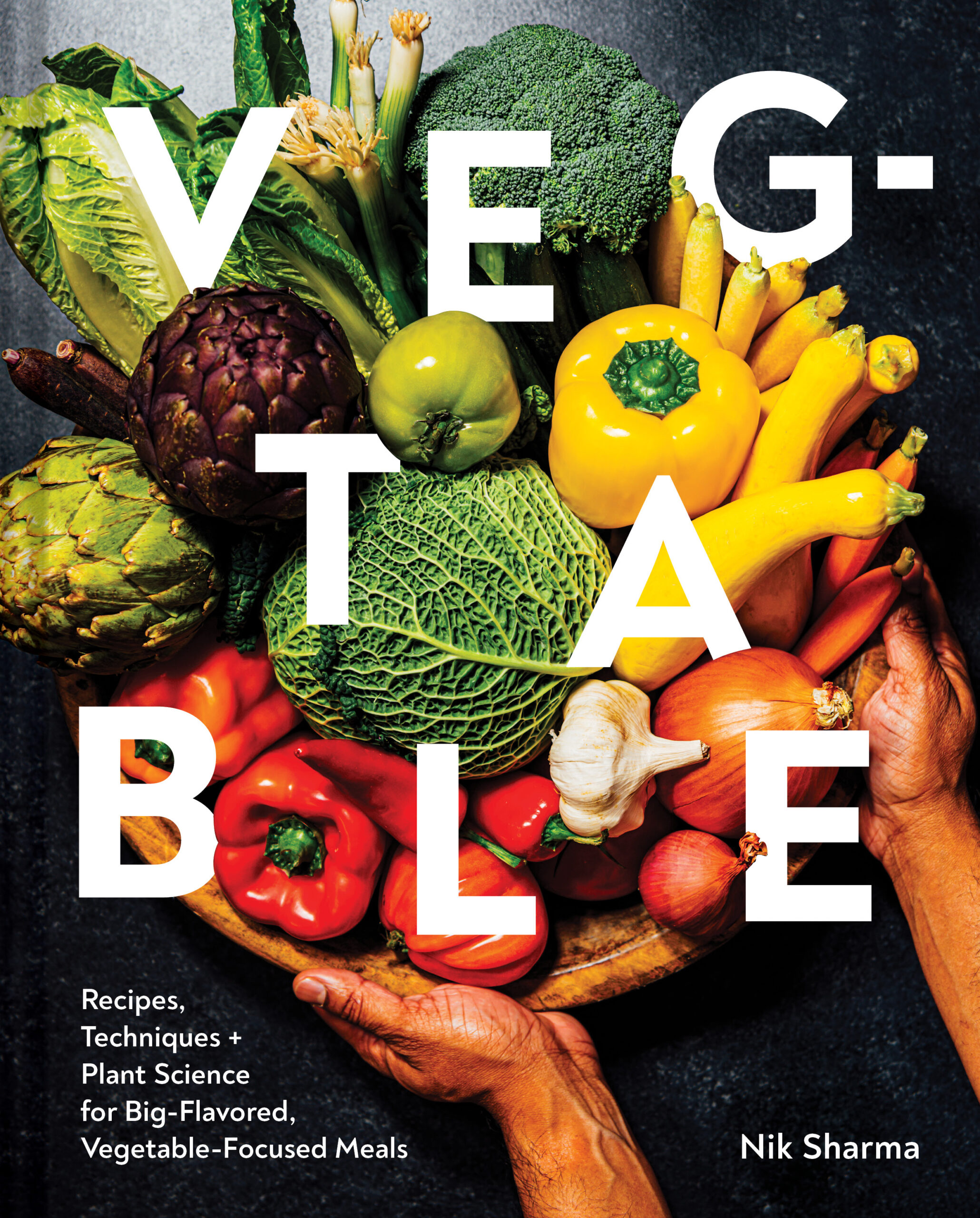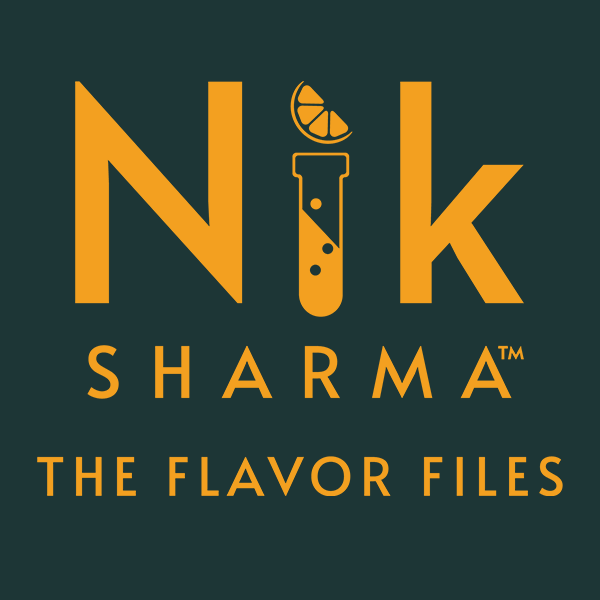
There are several things about winter that make it interesting after Christmas and the holiday season has passed. Citrus is a big one! From blood oranges to big, bright and yellow Meyer lemons, there are a lot of interesting colors to spot in what might otherwise be a pretty drab and cold season. So every winter, I make myself some sort of lemon or orange curd. A jar or two! 95% of the time it ends up in tart or a bar because that’s one of my favorite ways to eat it.
In many ways this filling is an ode to Indian tea, one specific version that is my favorite and includes freshly grated ginger root. It’s perfect on a cold wintry day and it goes beautifully, in this lemon tart. I infused the lemon curd with freshly grated ginger root and black darjeeling tea in an odd way. The tea is made up in a concentrate (which is not your normal way to make tea) but it helps to control the water volume in the final ratios when you prepare the lemon curd. The strands of shredded ginger give this filling a nice little kick in every bit but you can strain it out, if you prefer a smooth and even texture.
I had some issues baking a complete nut crust solely made with sugar, butter and nut flour. The longer you bake the higher the risk for the fat to melt out and drip. The water in the lemon curd starts to get absorbed by the nut and the end crust becomes soggy. To be honest, I’m not completely satisfied with this crust either, it tastes good but the issues I experienced testing different versions made me a little curious. My goal was to make an only nut flour based tart crust but my final version of this recipe ended up with oat flour to act as a binding agent. There’s something to be said for the texture and taste of sweet toasted coarsely ground walnuts with lemon curd, it’s delicious. The texture of this crust still needs a lot of work and perhaps, I can get some suggestions and help from you. I added oat flour to absorb some of the oils and liquid but waterproofing the tart base with melted white chocolate is one trick I use often with pies and tarts. A thin layer will work well in this tart without compromising the taste of the lemon curd. My other issue with the only-walnut tart crust, was trying to release it from my tart pan after I chilled it. It’s easier to release the tart from the pan while it is at room temperature rather than when it’s chilled.
So far, my experience with nut based crusts has been OKAY! Taste wise excellent but in terms of how it releases from the tart pan or how it absorbs liquid, has me curious. For those of you that bake with nut crusts, do you have any suggestions or tips or even a favorite recipe you like to use. Leave a comment below and I will check it out! I’m going to revisit this crust recipe in the near future because there has to be a way to make it work perfectly!









Here are some of my kitchen tips that you might find useful when preparing this dessert;
- Use fresh ginger root. If you don’t care for the texture of fresh ginger, strain the lemon curd once it is cooked and use the strained curd for the filling.
- This is not a normal method to prepare tea but I prefer to use this method to get a concentrated form of the flavor and in a small volume.
- You can use any tart crust you want. I add the oat flour to bind any liquid that might be present in the walnut dough while the sugar not only sweetens but also helps bind the crust together.

tea and ginger infused lemon tart
yields: one 9 inch tart
ingredients
for the lemon curd
1/4 cup boiling water
4 darjeeling tea bags
1 tablespoon cornstarch, powder
1/4 cup fresh lemon juice (I used the meyer variety), squeezed
4 large eggs
1 cup superfine sugar
1/2 teaspoon lemon zest, fresh
1 teaspoon grated ginger root, fresh
1/2 stick butter, chopped and softened to room temperature
for the crust (or you can use your favorite/preferred tart crust)
14 ounces whole walnuts
1/4 cup oat flour
4 tablespoons butter, softened to room temperature + a little extra for greasing
4 tablespoons fine sugar
a little confectioners sugar to dust (optional)
1. Pour the boiling water over the darjeeling tea bags in a cup and let it steep for 10 minutes. Squeeze the bags and discard. Place the extracted tea liquid in a small saucepan and reduced the volume to 2 tablespoons. It will be very dark and concentrated. Cool completely. Once the liquid is cooled, whisk in the cornstarch to form a slurry and keep aside.
2. Prepare a pot of boiling water. Place a large glass bowl over the pot, the level of the boiling water must be an inch below the base of the glass bowl. This allows the steam to heat the eggs evenly. Place the eggs and sugar in the bowl and using a hand whisk or handheld electric whisk, whisk at high speed for about 5 minutes until the eggs become pale yellow and light and fluffy. Whisk in the lemon juice, lemon zest, ginger, butter, and tea-cornstarch slurry. Whisk continuously, until the mixture transforms into a thick custard. Remove from heat and transfer to container. Keep aside until ready to use. The lemon curd can be prepared a day ahead in advance and refrigerated until ready to use.
3. To prepare the tart crust, place a wire rack at midlevel in the oven and preheat to 325F. Pulse for a few seconds to grind the walnuts along with the sugar in a food processor to form a coarse powder. Remove the ground walnuts and transfer to a medium-sized mixing bowl. Fold in the oat flour and butter and mix using your hands to form a dough. Lightly grease a 9″ fluted tart pan with a little butter. Line the base of the pan with parchment paper cut to size. Place the dough in the center of the pan and spread it out to cover the pan and the edges in an even layer, using your fingers. Place the prepared tart pan in a baking tray lined with parchment paper or a silicone mat, remove and bake in the preheated oven for 5 minutes. Remove the pan from the oven and pour the lemon curd into the tart shell. Level the filling using a small offset spatula. Return the tart to the oven and bake for another 8 to 10 minutes, until the edges of the filling start to get firm while the center of the filling jiggles slightly when shaken gently. Remove the tart pan from the oven and allow to cool completely to room temperature before releasing it carefully from the tart pan. Refrigerate to chill the tart for at least 3 to 4 hours before serving. Dust with a little confectioner’s sugar if desired.



13 Responses
Stunning filling & photos, and it makes me especially glad I have a lemon tree. I’m going to try it with a crust I learned many years ago working in a Massachusetts bakery. It’s got coconut / crystallized ginger / macadamia nuts, though I’m sure you could sub walnuts, too. You know how to reach me if you want the recipe!
Um, yes please. I will come to South Bay if you have a lemon tart for me to taste 🙂
I love lemon curd tart! I made something similar a lot of time ago – but vegan, so it really is just "similar" 😀
I’m going to search some meyer lemons, I haven’t tried them yet.
So pretty!
I’ll take my tea and ginger in tart form, please. This looks lovely. What beautiful crust, also!
This is stunning – I made a delicious bergamot and lemon curd not long ago. As bergamot is the underlying flavour in Earl Grey, the curd had a delicious tea like quality about it, without actually adding any.
This curd looks amazing, I love trying out new curds and the finished pie looks perfect.
Wow, this looks amazing. Ironically I have been really in the mood for ginger lately. I just did a ginger chai post you might be interested in on Oven Hug. Mmmm! How good would a piece of this tart be with my chai latte! As always, thanks for sharing! ✨ Bita
From my experience, replacing the butter in the crust for dates is way better. You see, the nut flours have way too much fat to act as a binder alone, and the butter only makes it worse. The dates act both as the sweetener and the binder, and, with the addition of a pinch of salt, you have a killer 3 ingredients crust 😉
Citrus really saves the day when it comes to winter food. Absolutely adore this tart… the use of tea and ginger and the nut crust. Really need to play around more with those.
I love seeing tea in food recipes. Tea, ginger, lemon – what comforting flavors in a tart! To make it dairy-free, can I substitute butter with coconut oil in the recipe?
I so understand what you are saying about winter. Have been waiting for weeks for those "bloody" oranges haha! I kept asking my produce guy. 😁 This tart sounds super good. I wonder what a raw nut crust would do.. Maybe it would taste not comforting enough for those cold days. Good luck, I hope you’ll find the answer! Xo
im not a baker so definitely no help here..i have never made curd before but it sounds heavenly.
Double thumbs up for the photography!